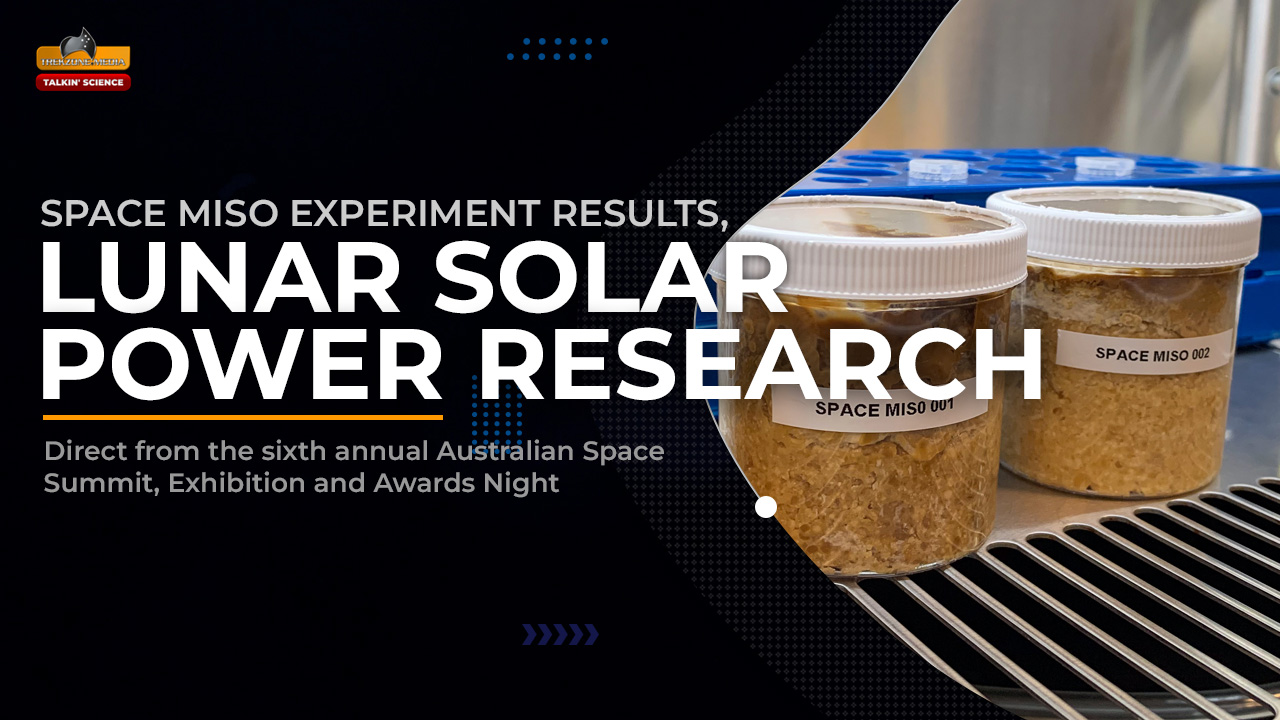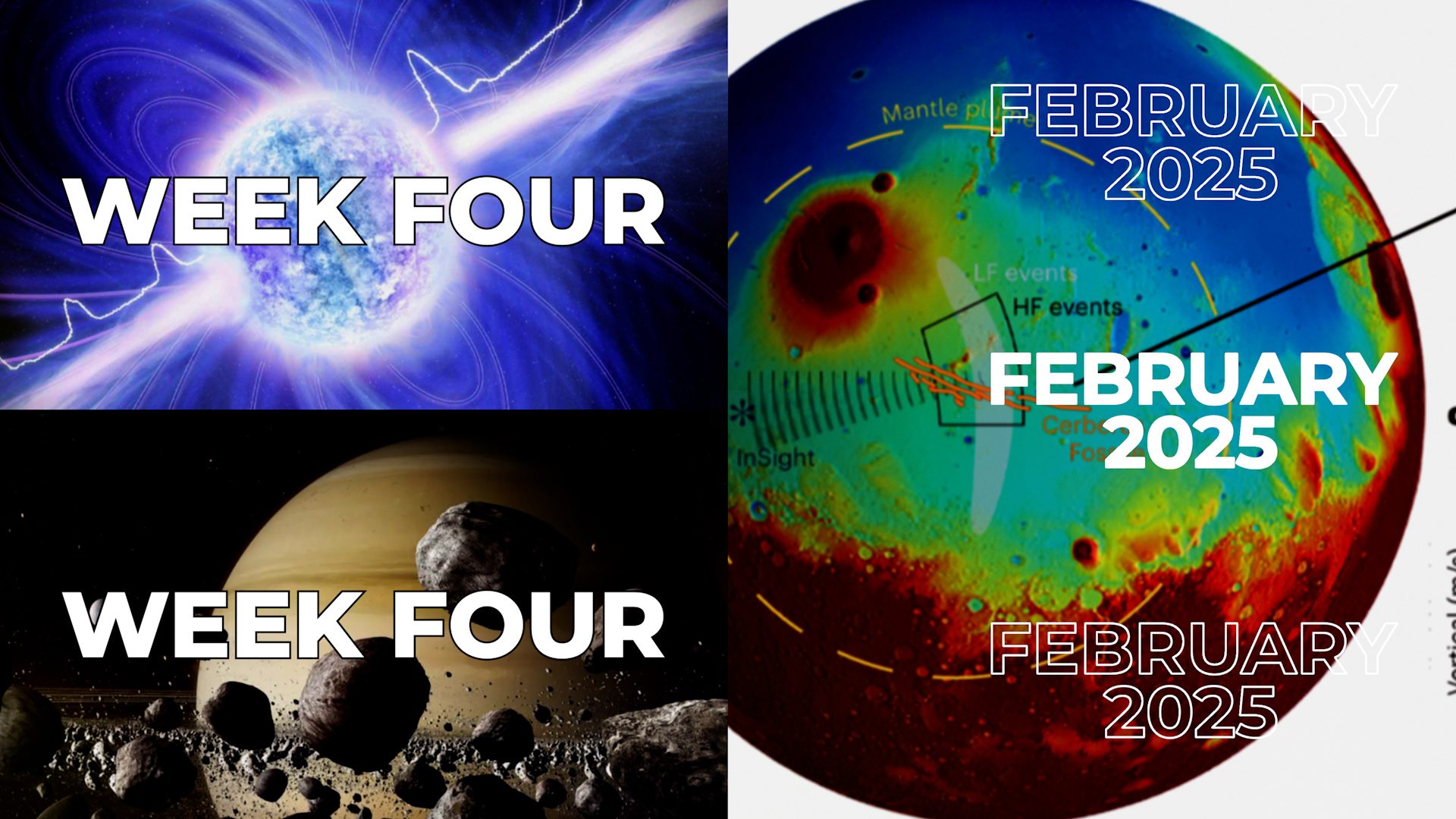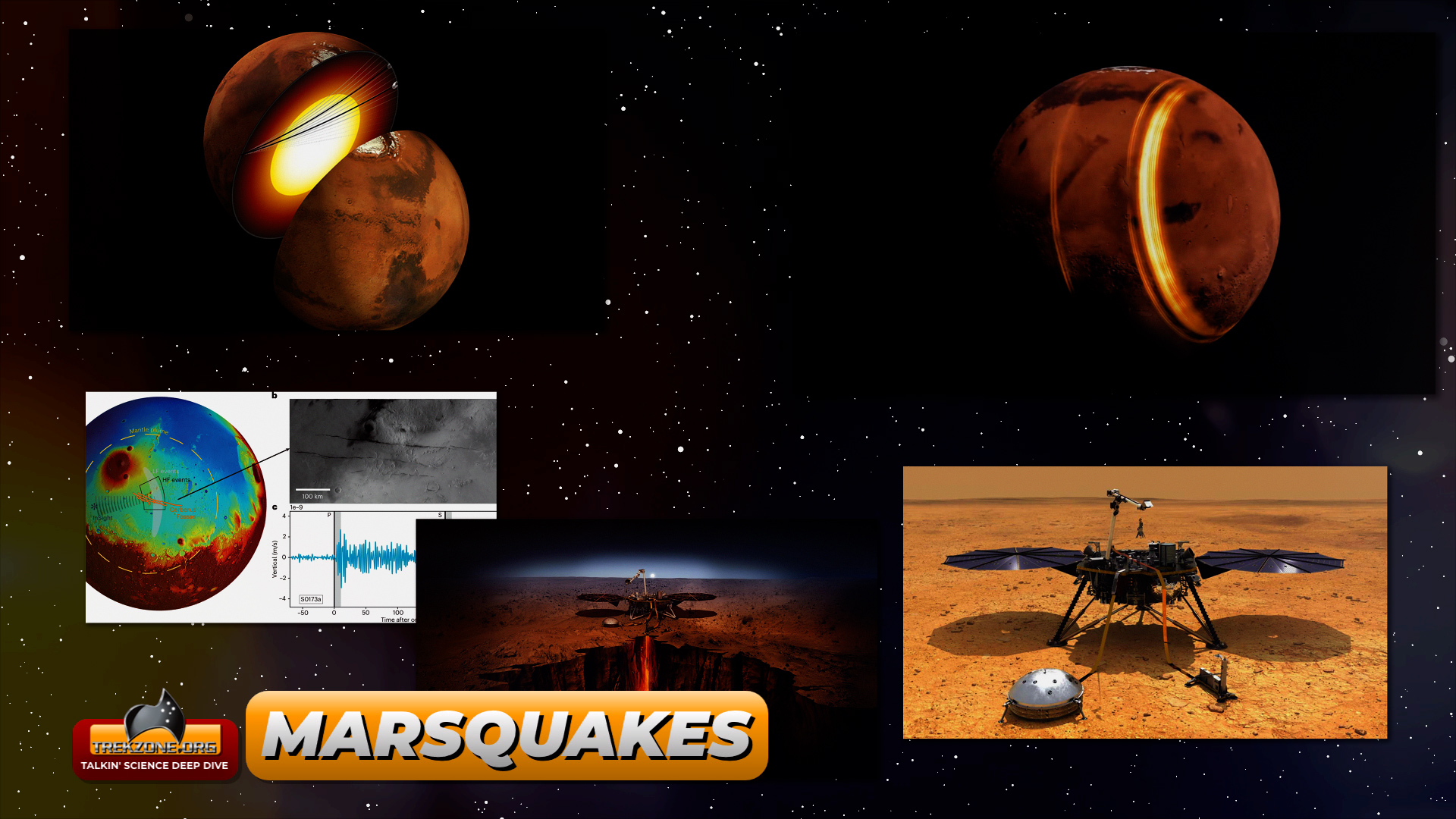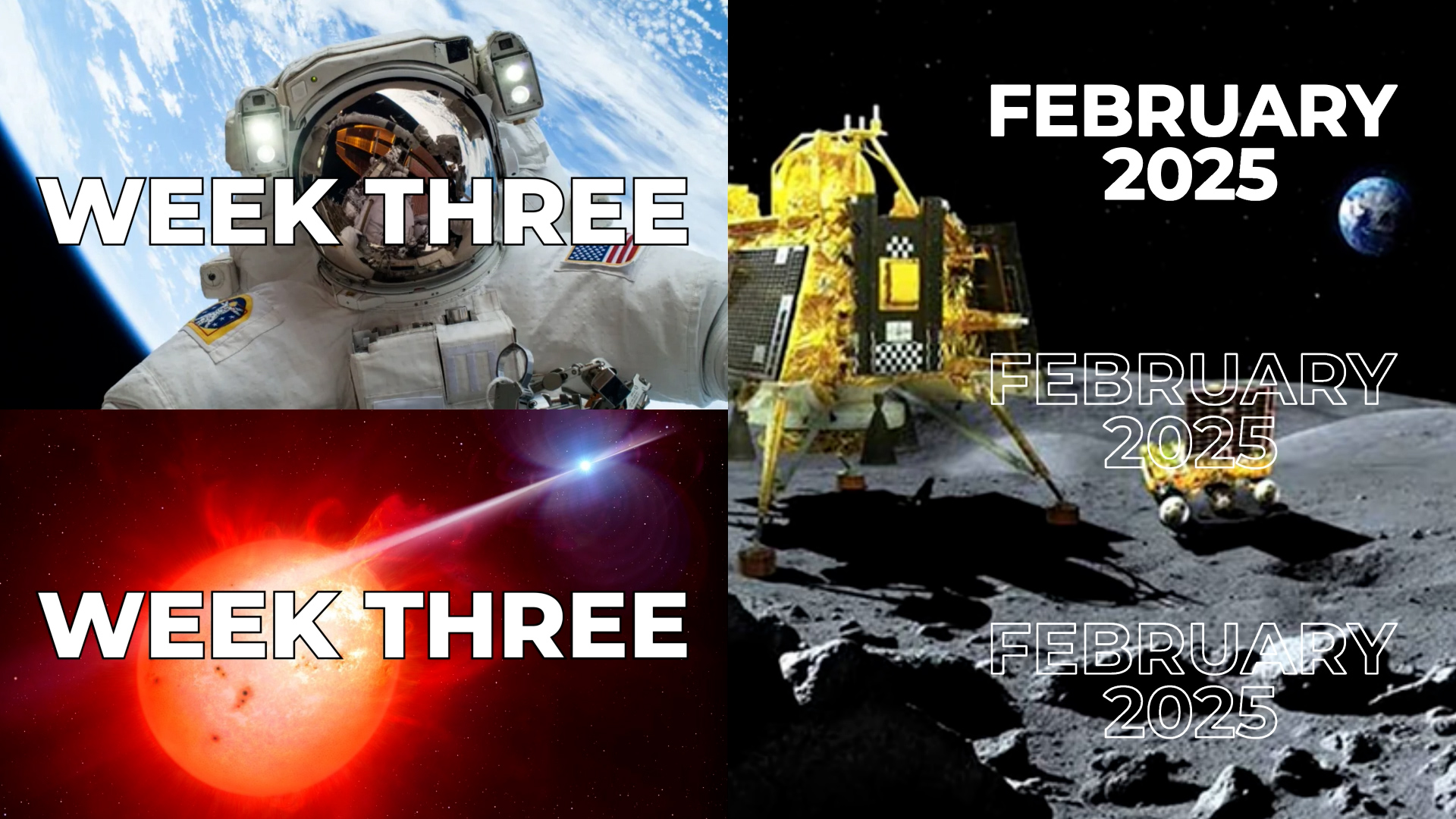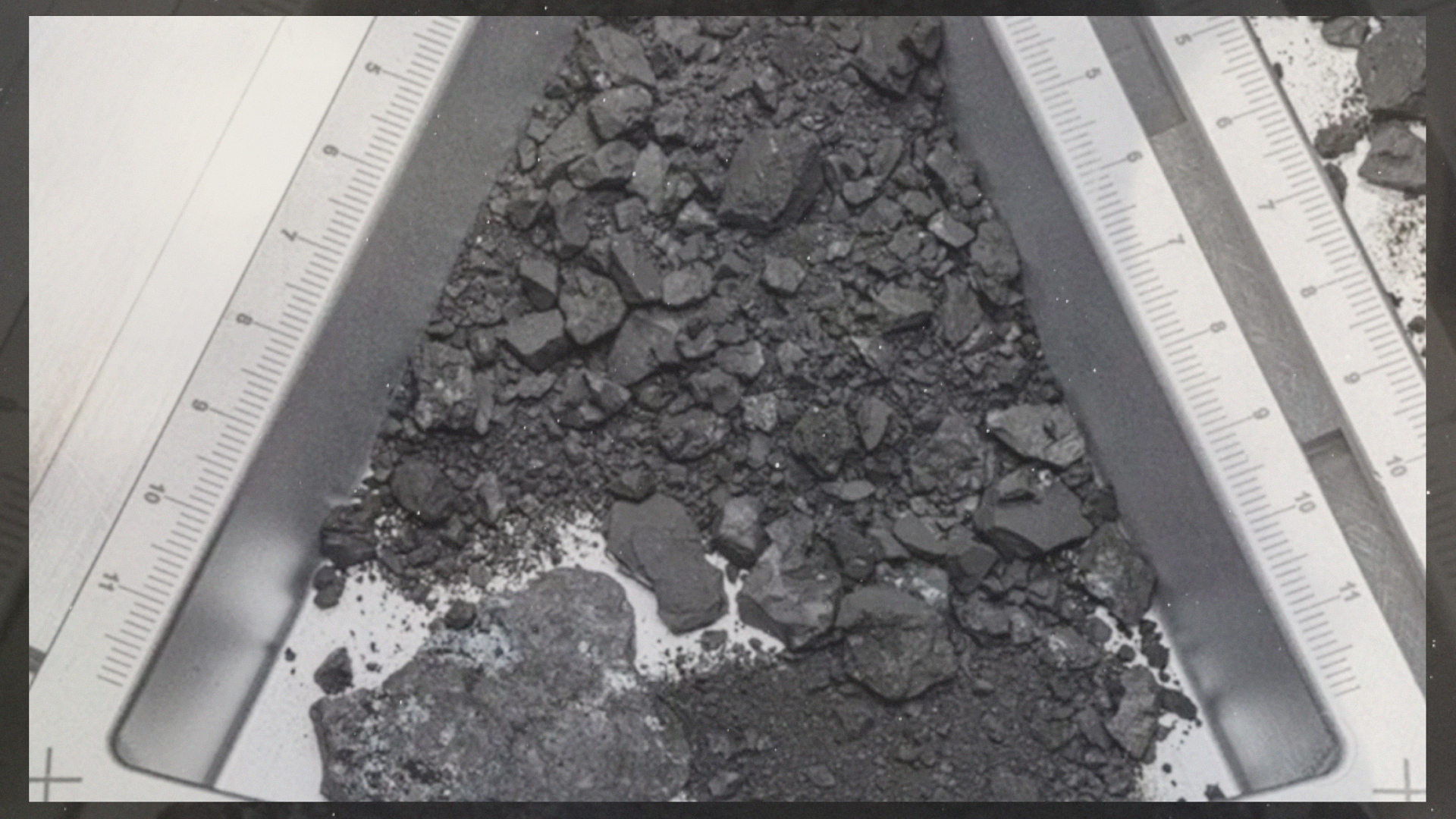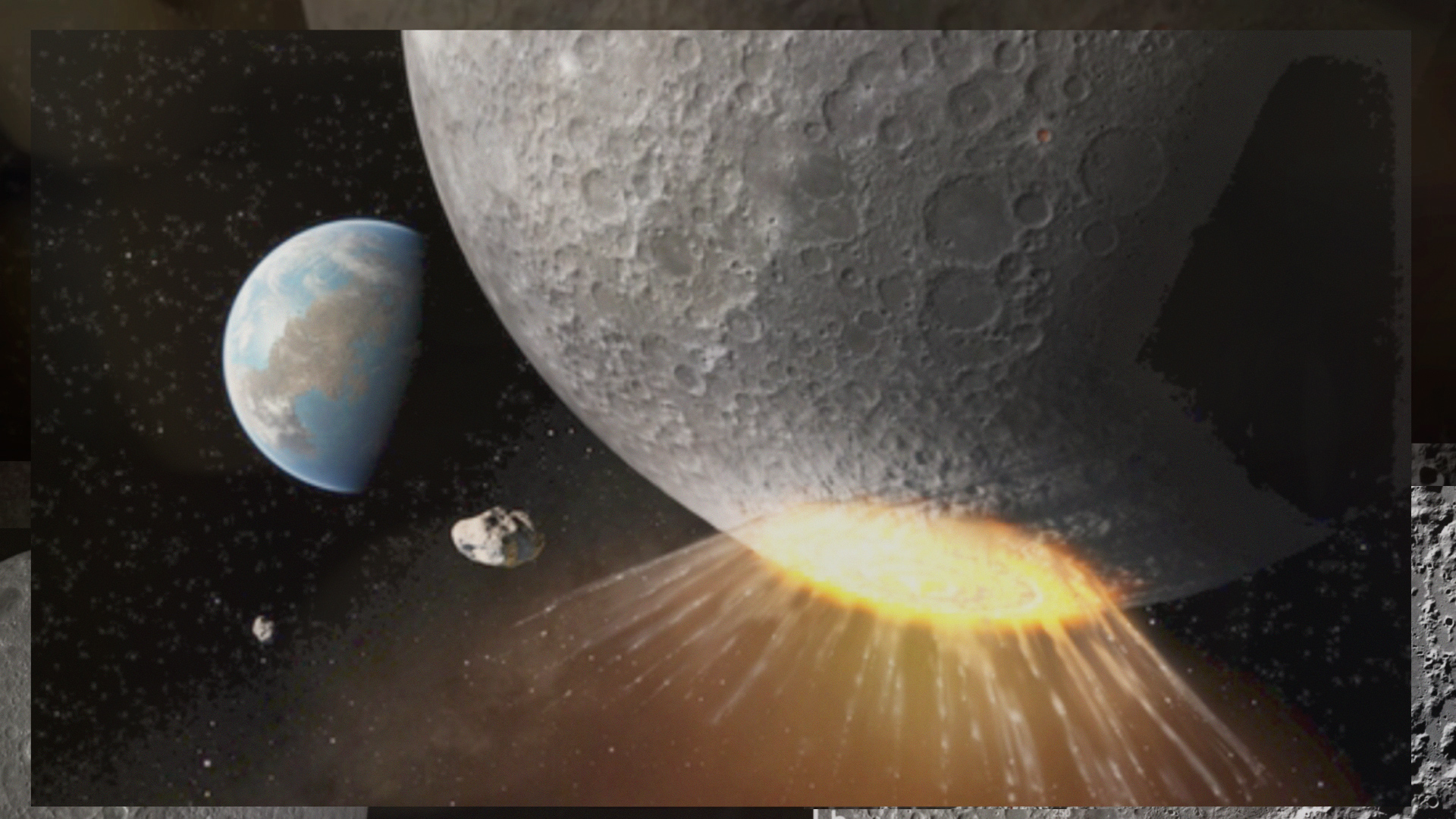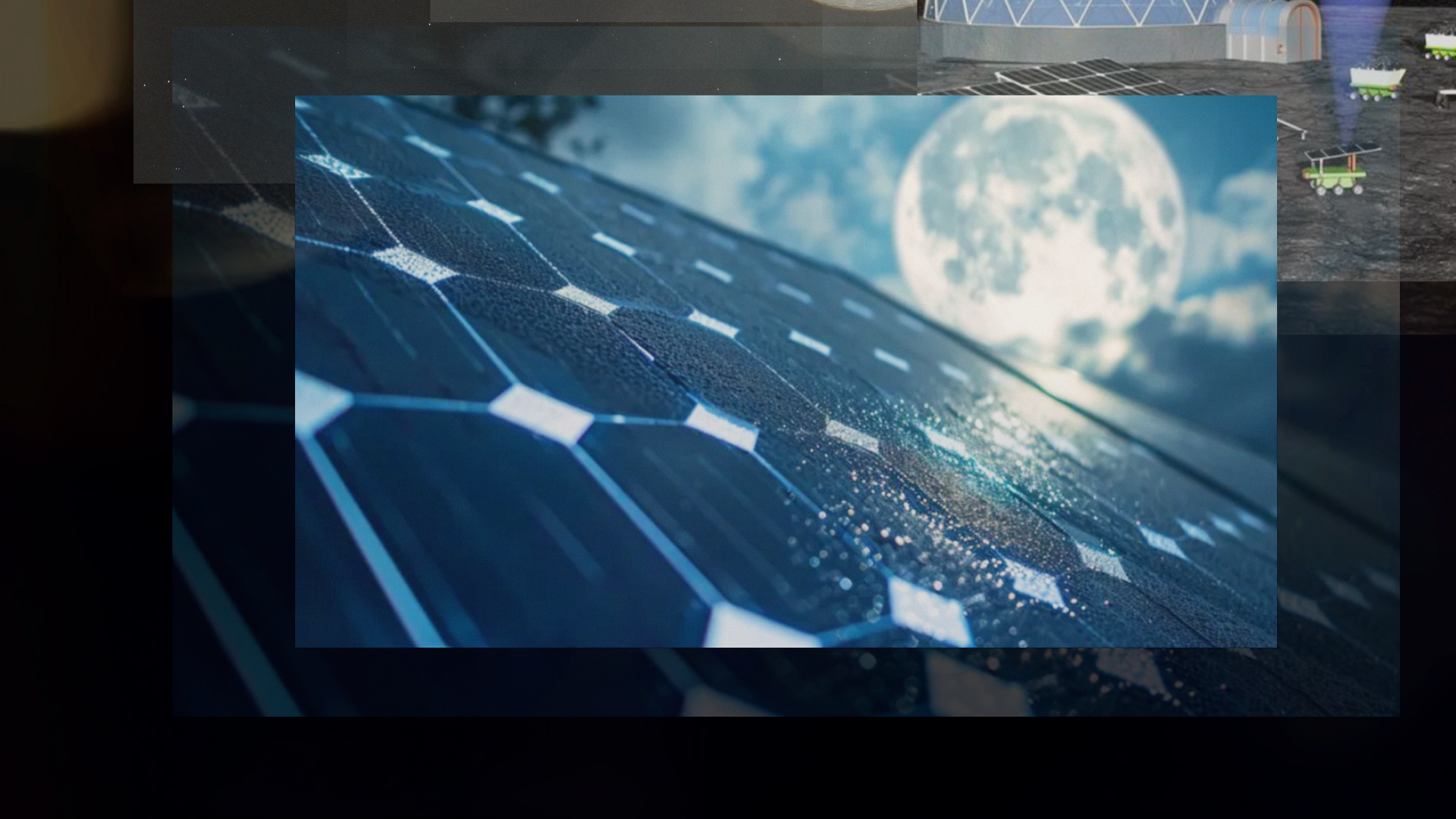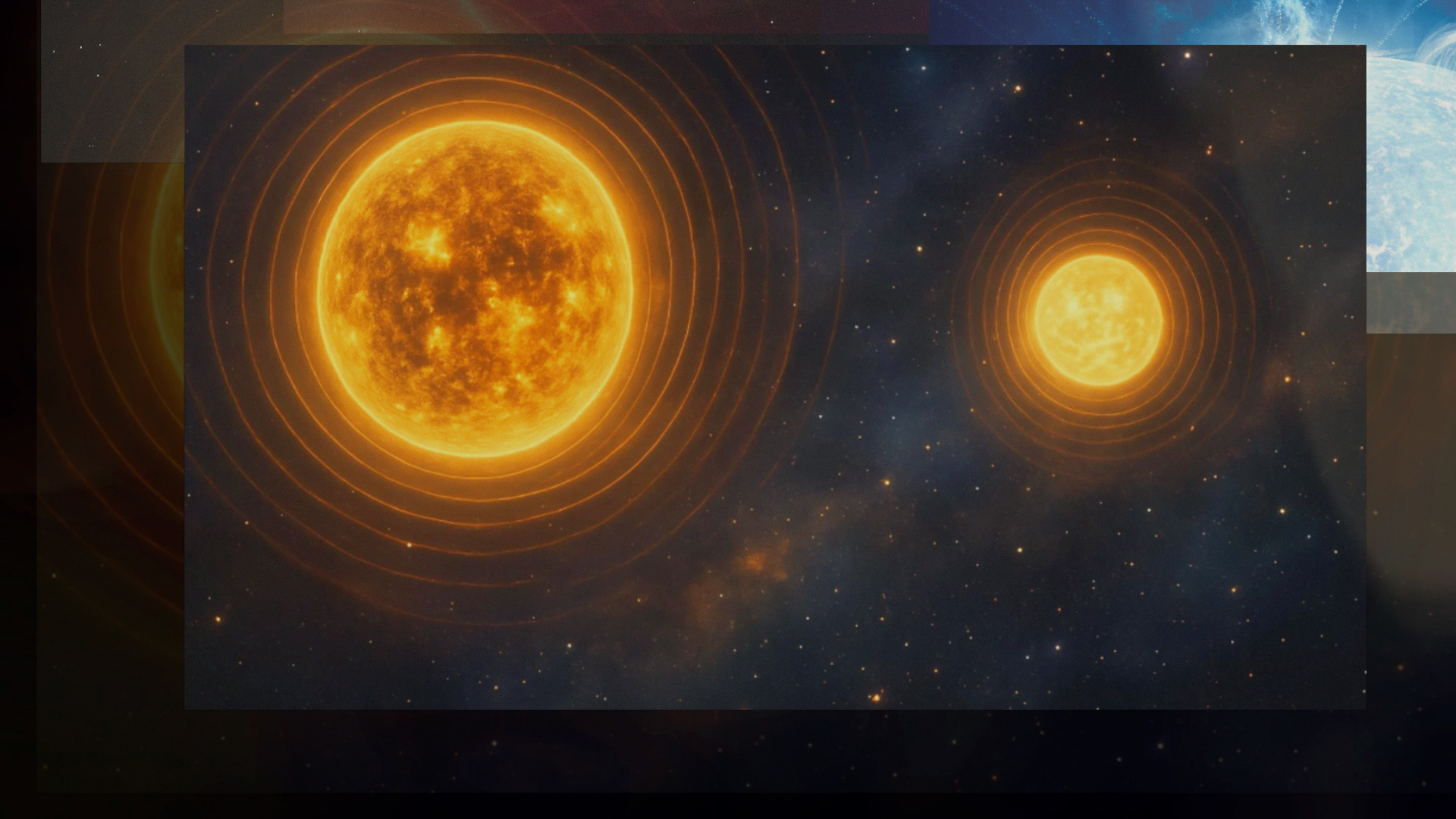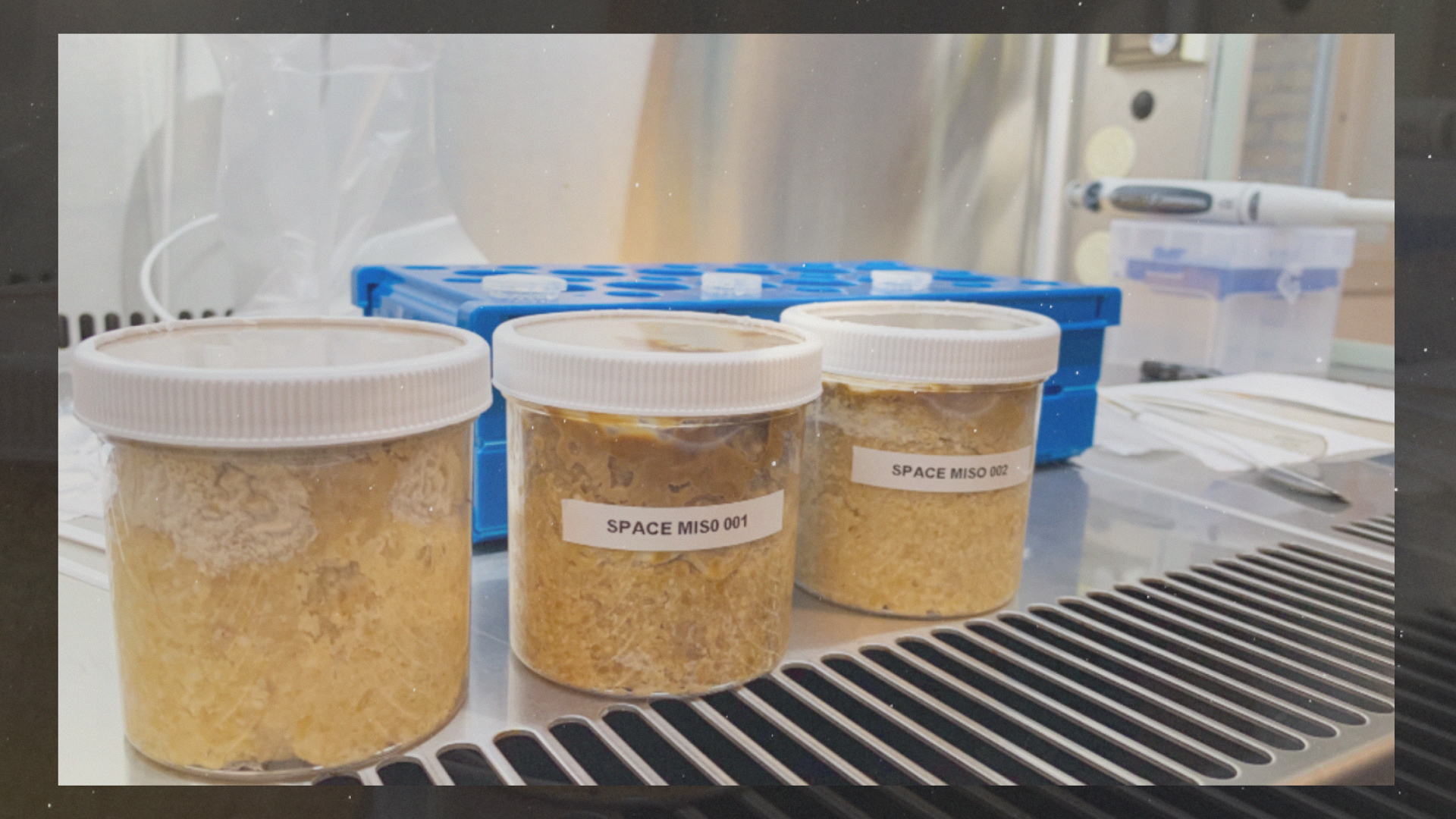The study shows the intricate processes governing when and where black holes slow down and interact with each other, potentially leading to mergers.
Published in the Monthly Notices of the Royal Astronomical Society, the study sheds light on the gravitational-wave emissions resulting from the merger of black holes, events detectable by instruments such as the Laser Interferometer Gravitational-Wave Observatory.
The research focused on the centres of galaxies, where black holes can merge multiple times due to the massive gravitational pull of the supermassive black hole at the core. The study’s findings advance our understanding of black hole mergers and also have broader implications for gravitational wave astronomy, high-energy astrophysics, galaxy evolution, and Active Galactic Nuclei feedback.


